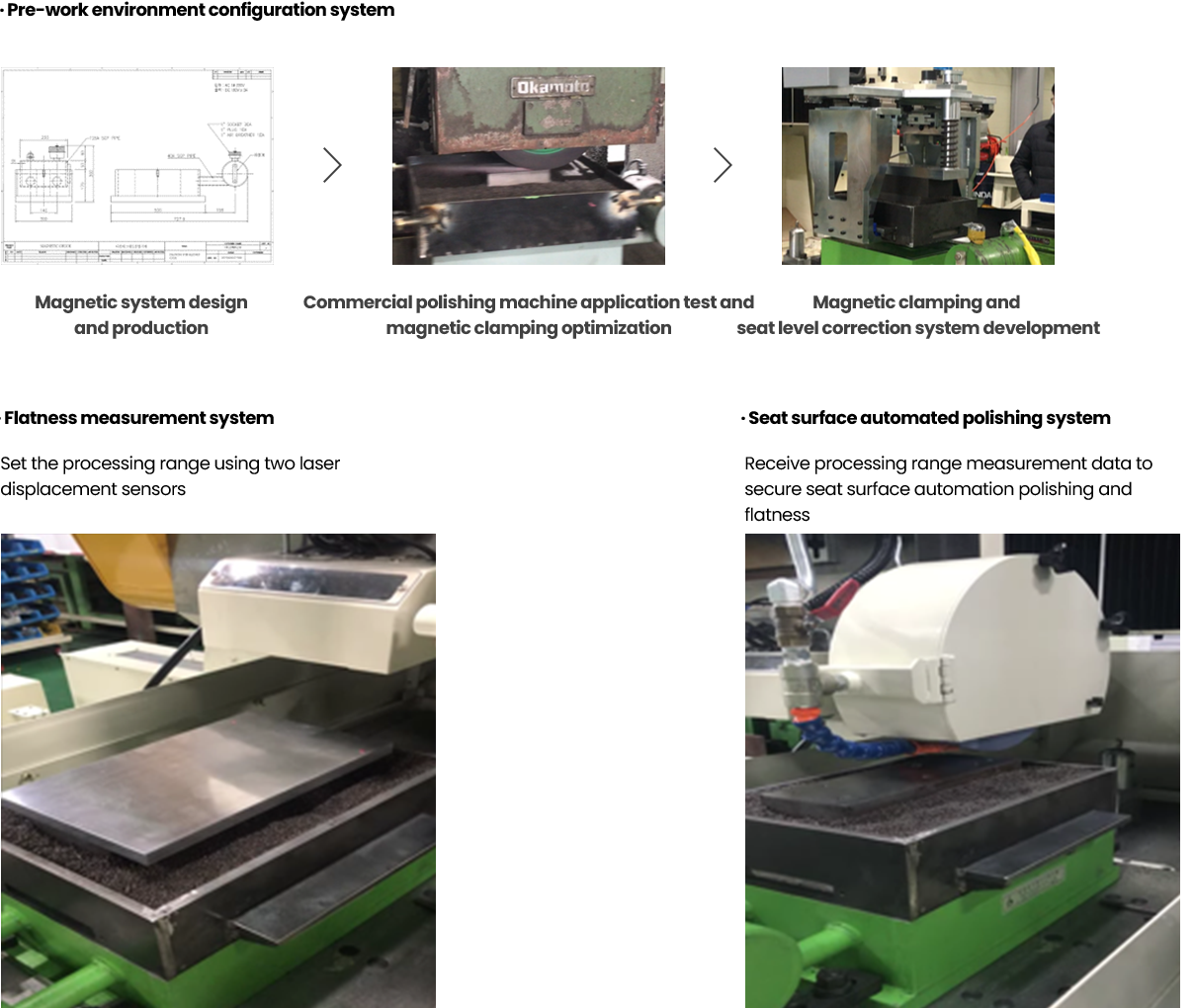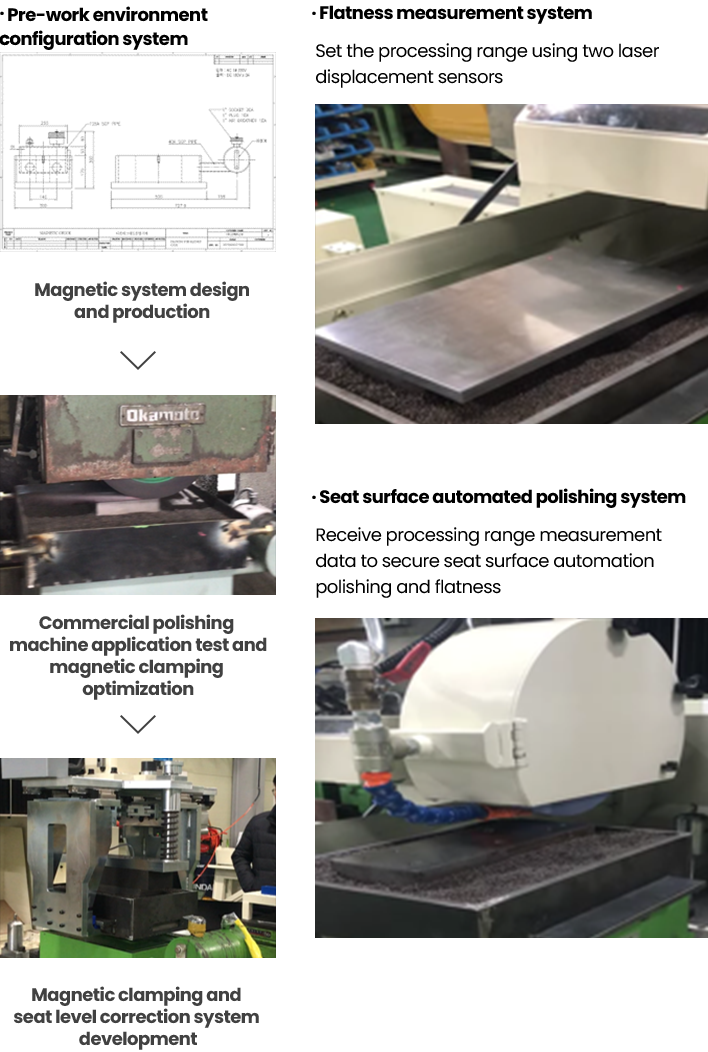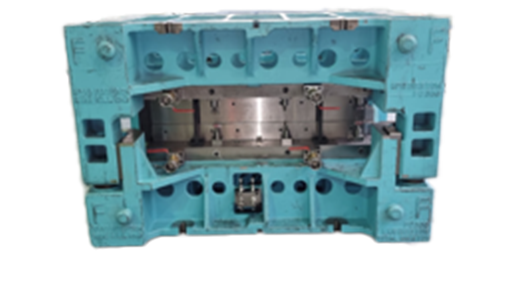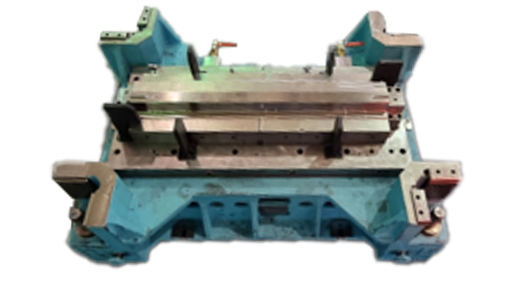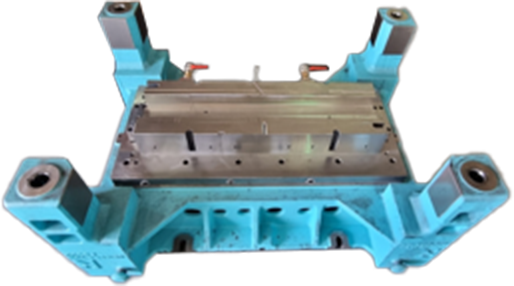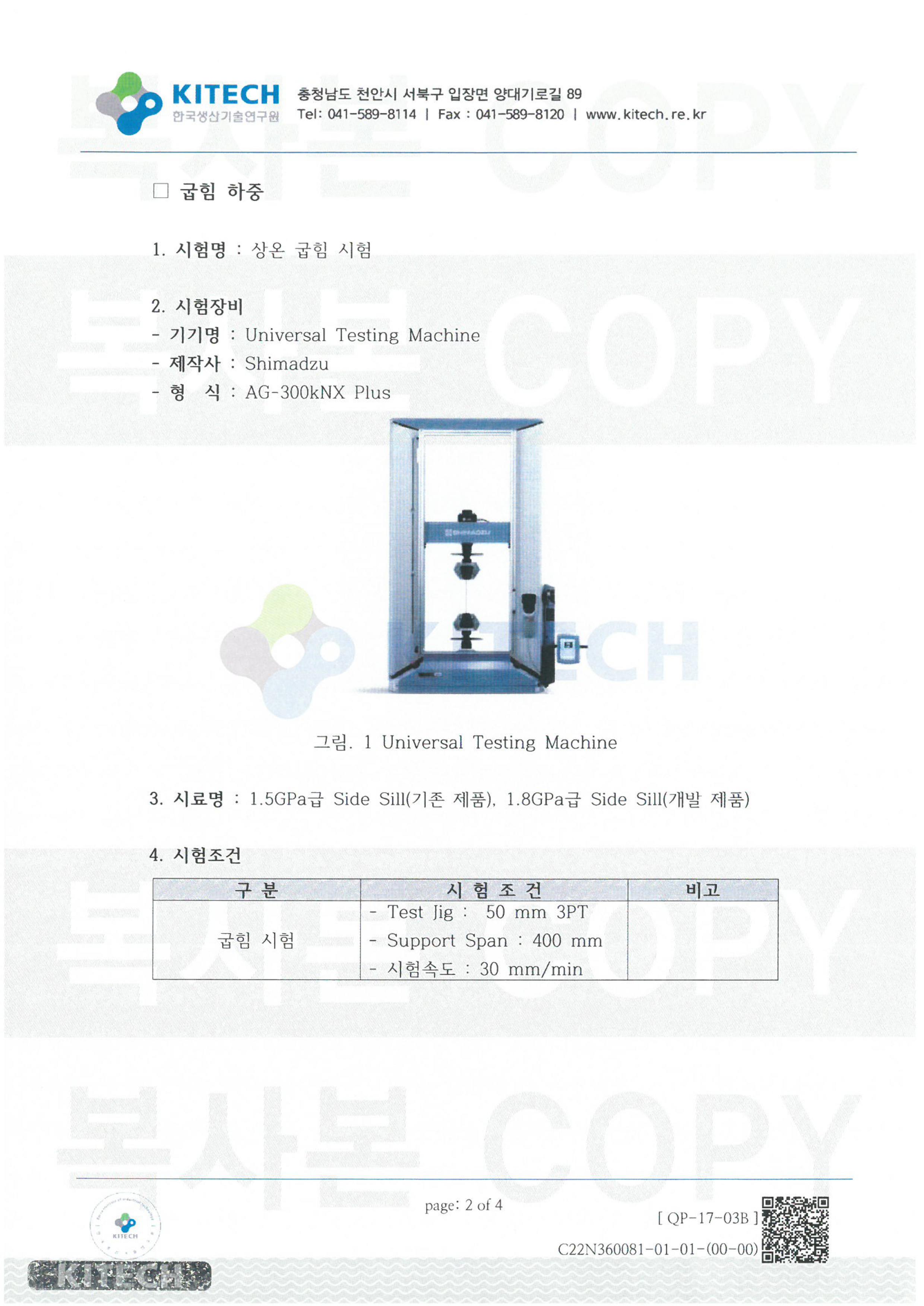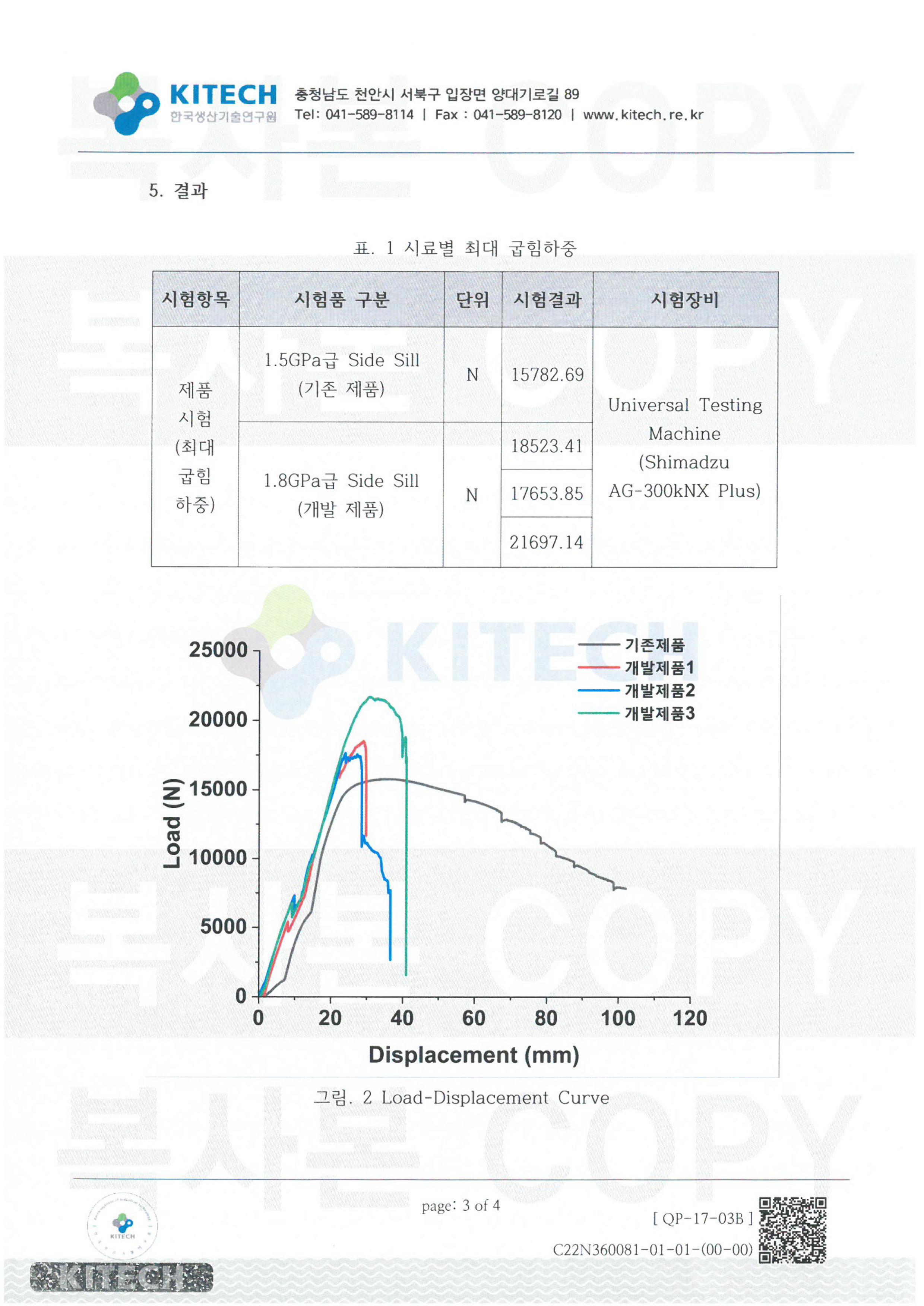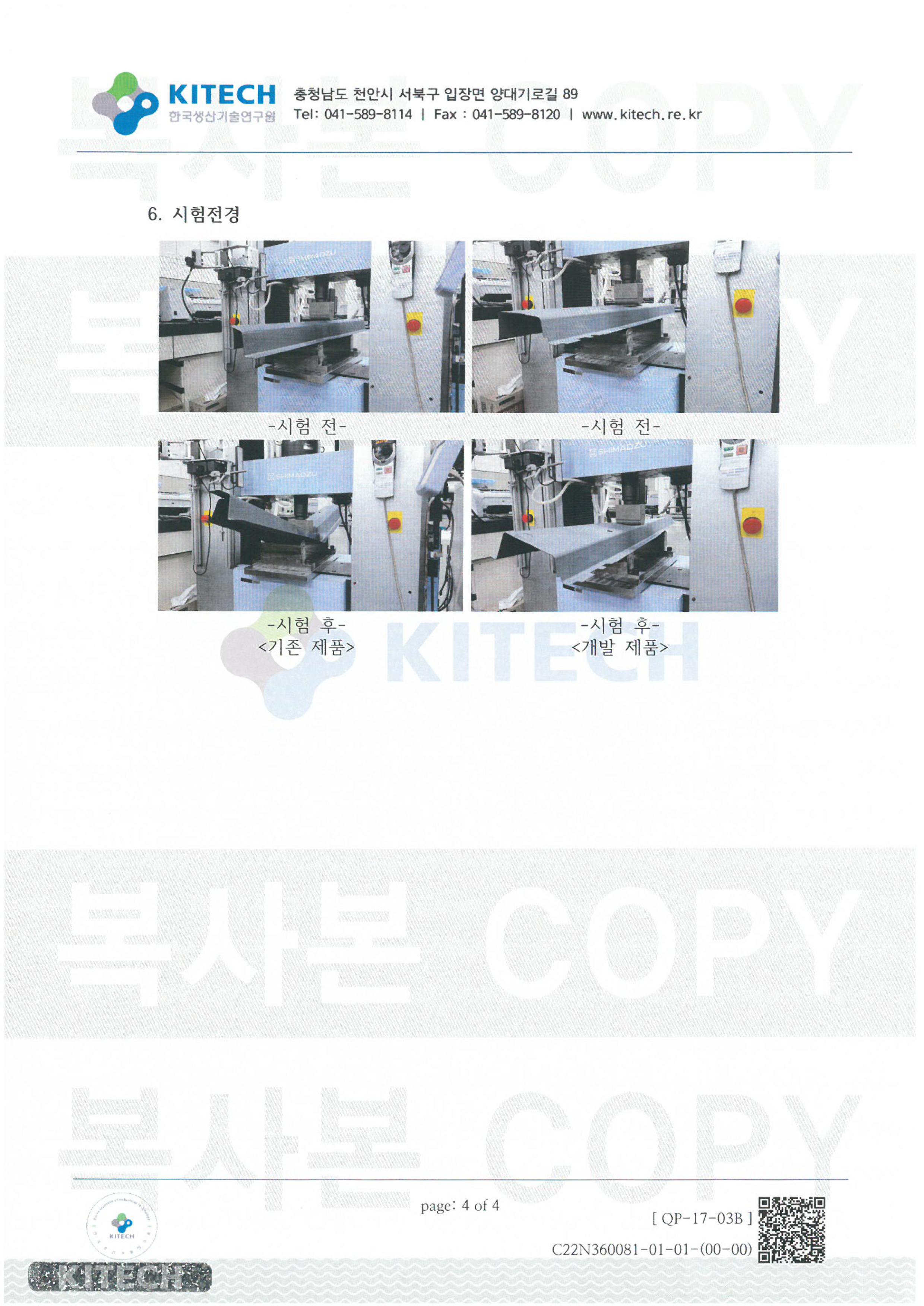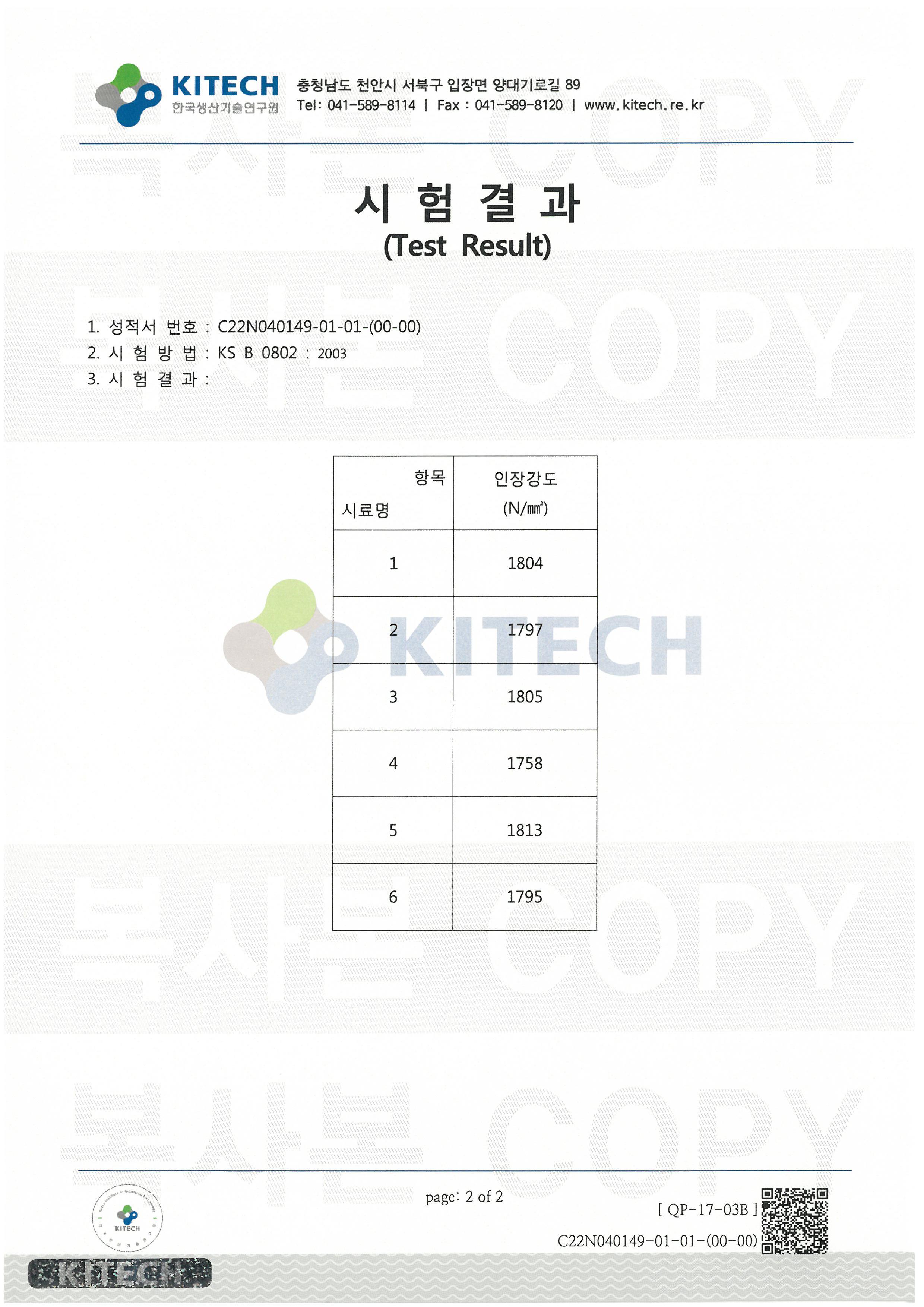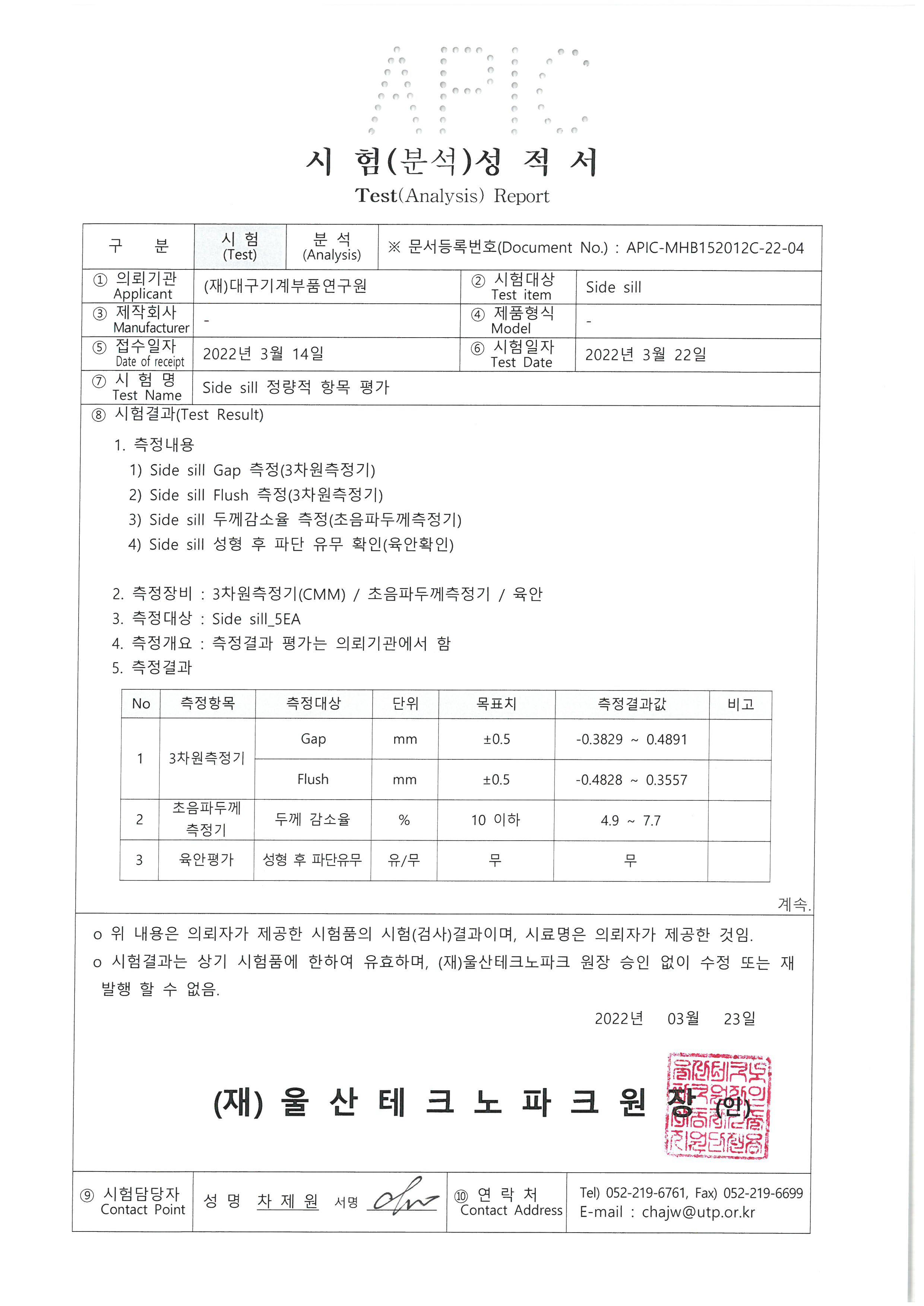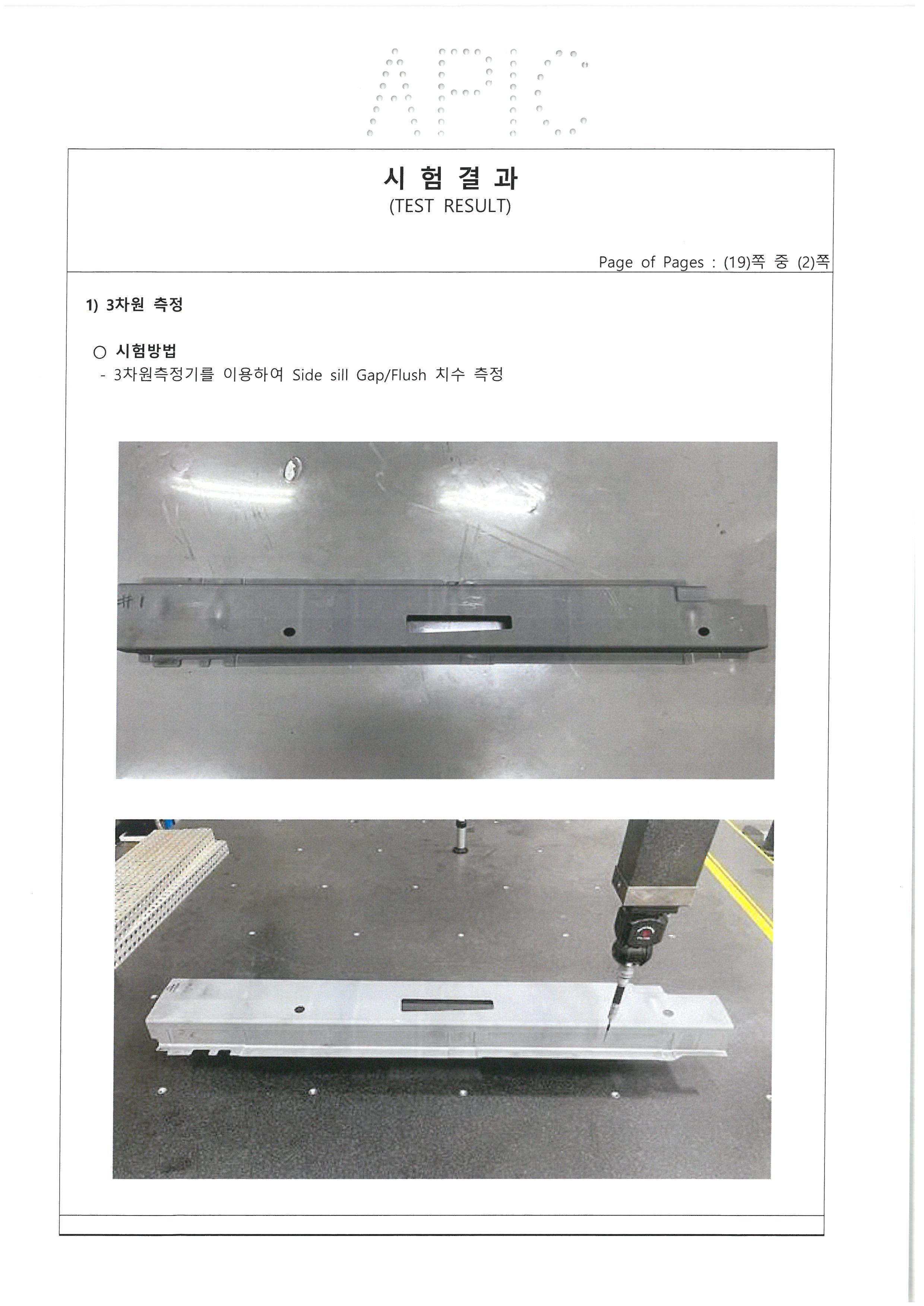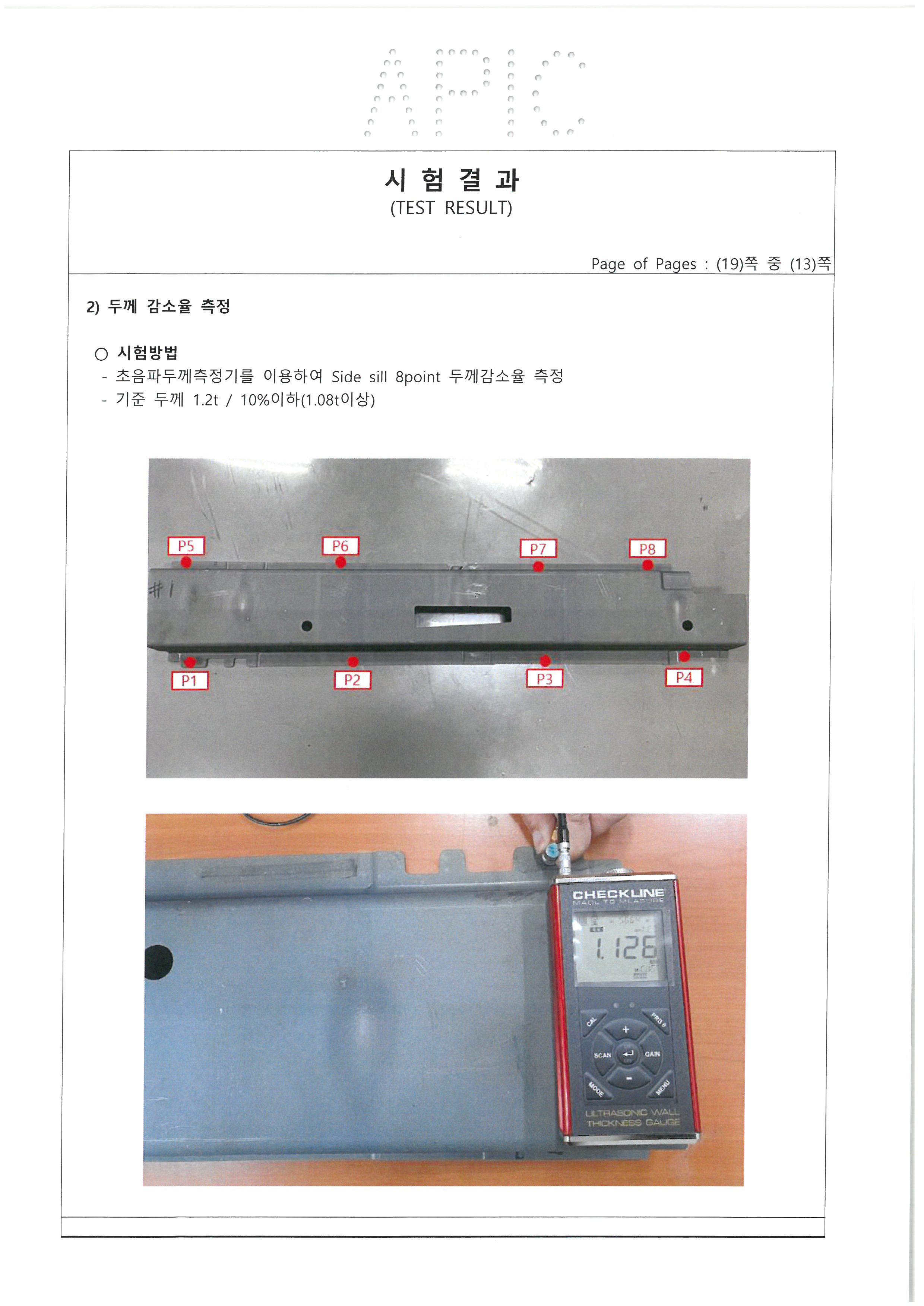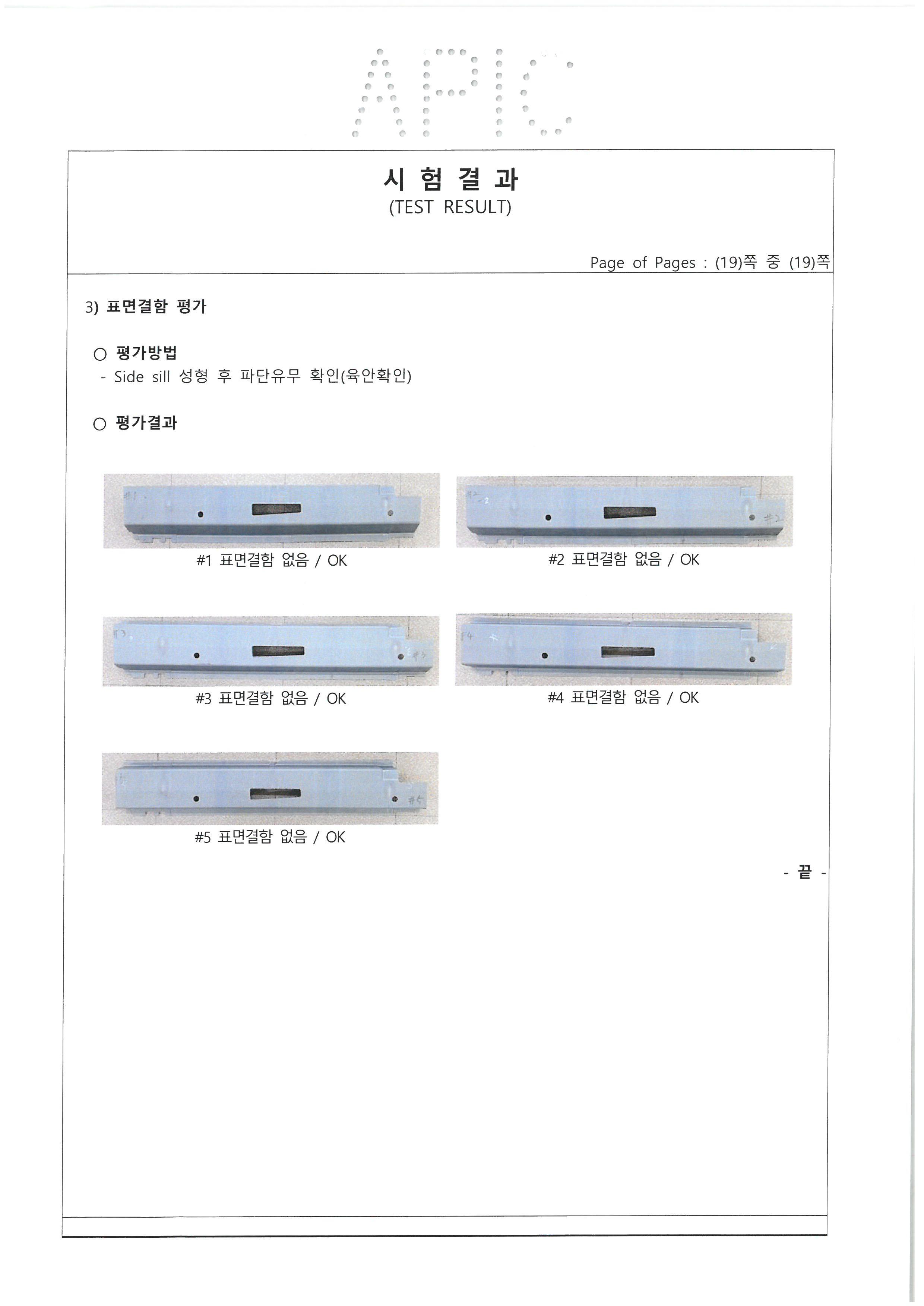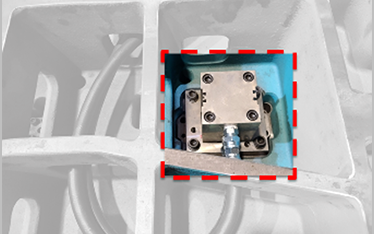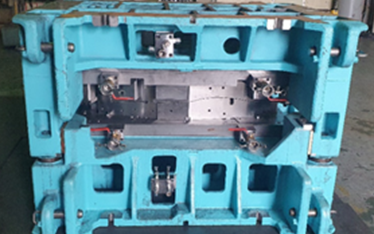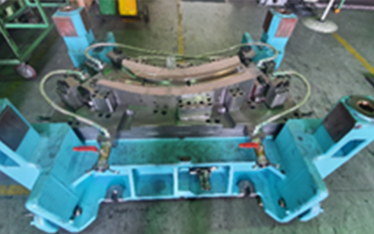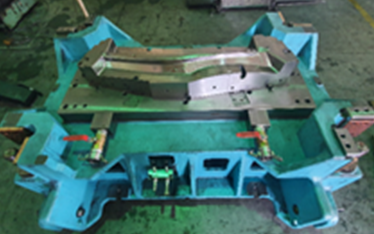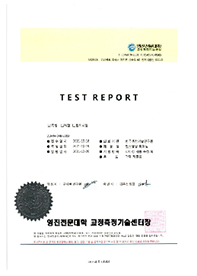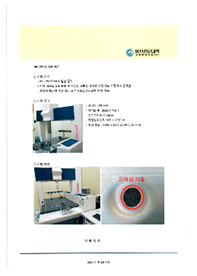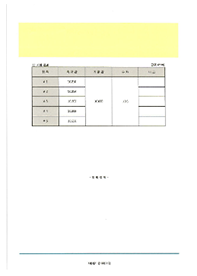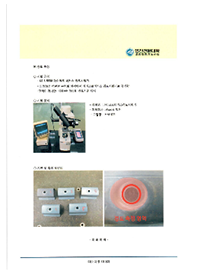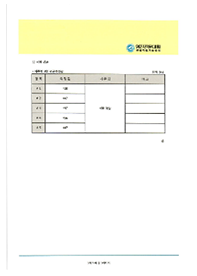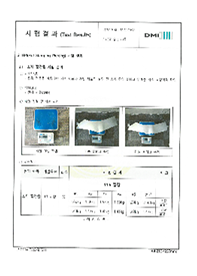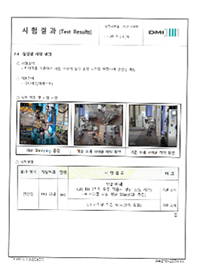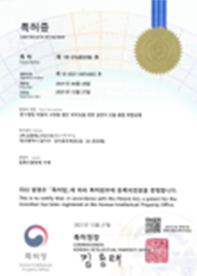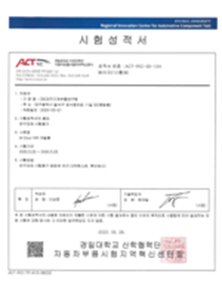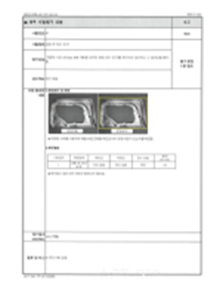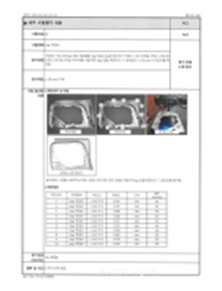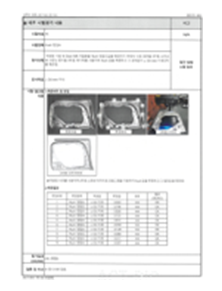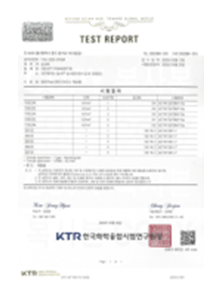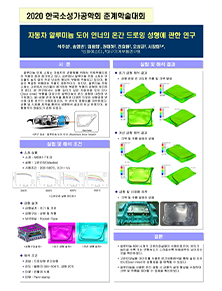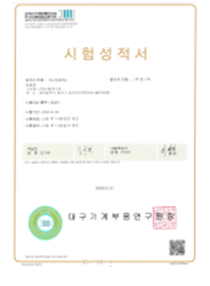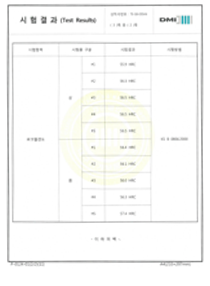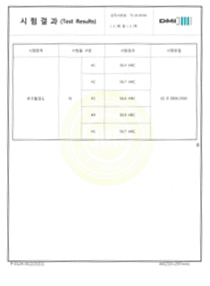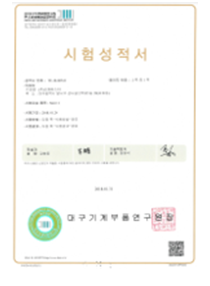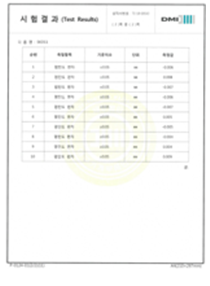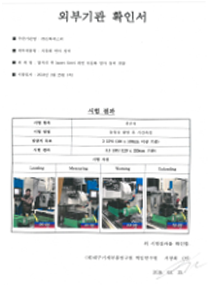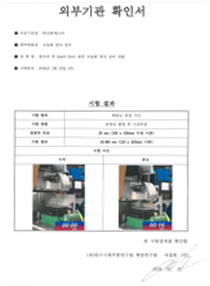R&D
R&D
- 1.8GPa class
side sill forming - Hot Forming
& Piercing - Hybrid-warm drawing aluminum
DR INR forming - Automated polishing of insert steel
seat surface after heat treatment
Development of heat-applied forming technology
for hard-to-forming materials for electric vehicle platforms

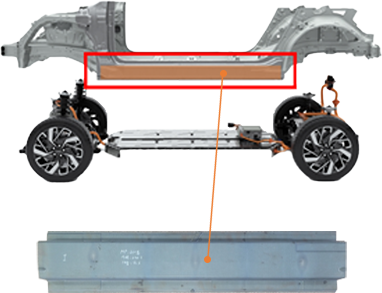
| Side Sill (1.8GPa Hot-Stamping) |
|
|---|---|
| Hot-Stamping mold/forming technology | Ultra-high-strength hot forming technology |
|
- Hot-stamping can simultaneously perform high-temperature forming and quenching to increase the hardness and strength of parts. - Protect driver/passenger/battery in case of side collision, located under the vehicle body |
- Mold materials' thermal shock reliability evaluation - Mold structure optimization - Hot forming process development |
| Side Sill (1.8GPa Hot-Stamping) |
|
|---|---|
| Hot-Stamping mold/forming technology | |
|
- Hot-stamping can simultaneously perform high-temperature forming and quenching to increase the hardness and strength of parts. - Protect driver/passenger/battery in case of side collision, located under the vehicle body |
|
| Ultra-high-strength hot forming technology | |
|
- Mold materials' thermal shock reliability evaluation - Mold structure optimization - Hot forming process development |
|
1) Performance Evaluation (Authorized Report)
Development of ultra-high-pressure cylinder module integrated composite mold technology
for high-precision hot piercing of hot-stamping parts

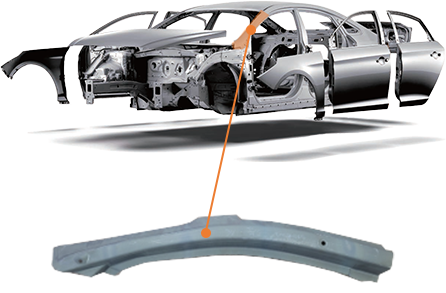 Development product target
Development product targetRF FW FRT SI
1) Piercing module structure
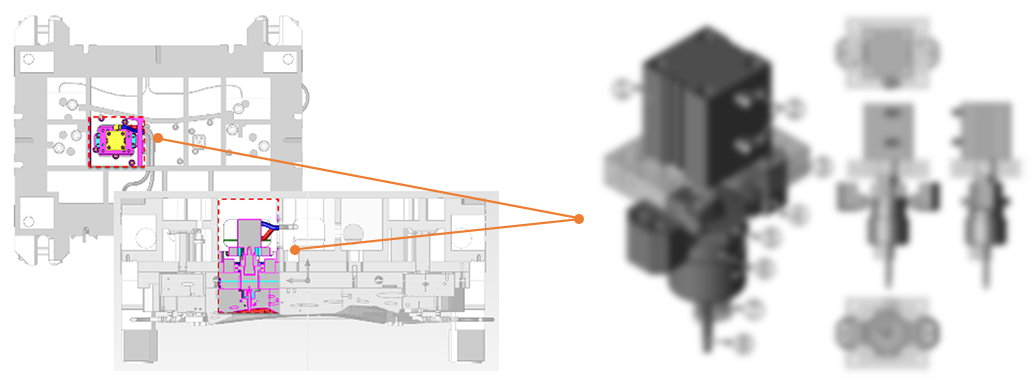

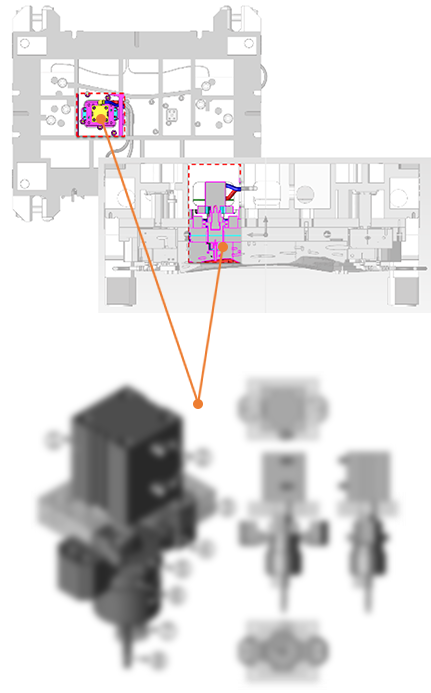
2) Production of optimal structure mold
3) Production of hot piercing prototypes
| Material thickness | 1.2t |
|---|---|
| Material heating temperature (heating time) |
960℃(5min) |
| Quenching method | Quenching water circulation method inside the mold (22℃) |
| Existing product blank | 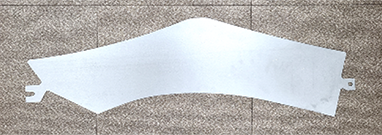 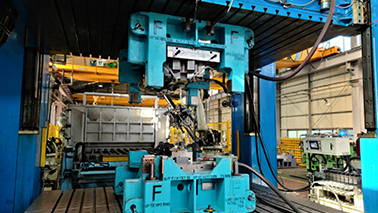 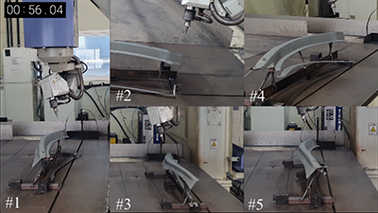 |
| Developed NNS-Blank Line | 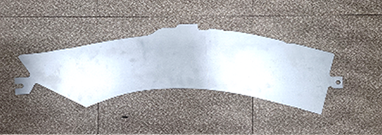 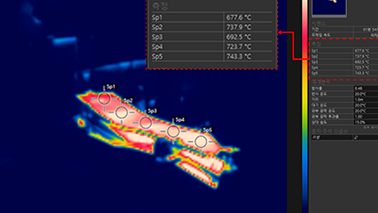 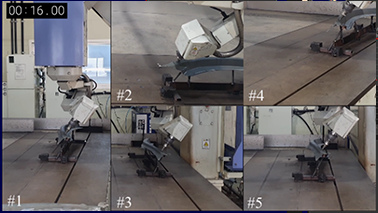 |
4) Performance evaluation
5) Patent application Cylinder module integrated composite mold for high-precision hot piercing of hot-stamping parts 10-2021-0054692 (21-04-28)
Development of inner door parts for automobiles
using aluminum high-precision hybrid-warm drawing method
-

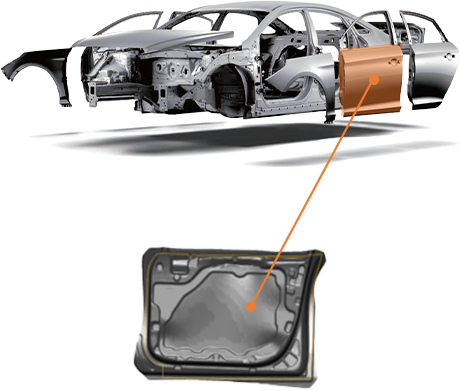
- Development
product target
Al DR INR
-
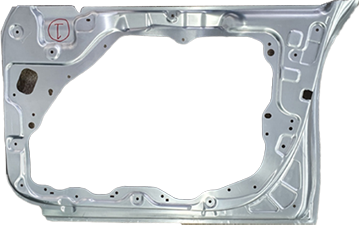
- Final prototypes
-
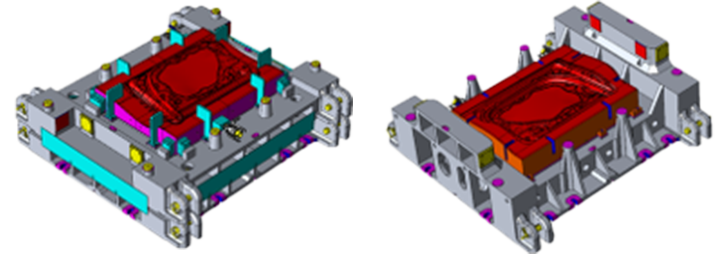
- 3D mold structural design
-

- Mold production
| Criteria | Existing technology (aluminum cold forming) |
Developed technology (aluminum hybrid-warm drawing) |
|---|---|---|
| Features |
- Cold forming of aluminum plate - Because the elongation percentage of aluminum is not good at room temperature, it is possible to produce only simple products - Most of the forming in a small amount |
- After heating aluminum plates to a high temperature, transfer them to the mold to form - No deterioration of aluminum properties by forming at a warm temperature (200~400℃) - Both forming and drawing forming for a large amount is possible |
| Advantages |
- Low price - simple mold structure |
- Forming of complicated shapes is possible - Easy post-deformation control with mold Quenching |
| Disadvantages |
- Forming of complicated shapes is possible - Easy post-deformation control with mold Quenching |
- Expensive - Rather complicated mold structure |
| Application | - General vehicles | - Luxury vehicles, high-performance vehicles, hybrid vehicles, e-vehicles, fuel cell vehicles, tuning vehicles, etc. |
| Process schematic diagram -------- Case |
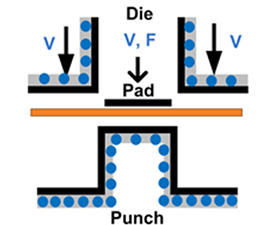 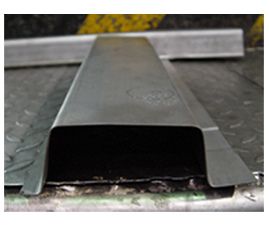 |
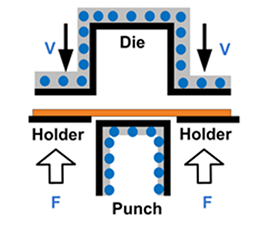 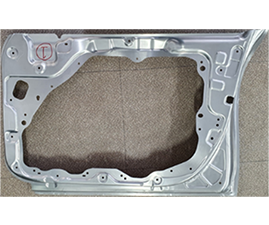 |
| Criteria | Existing technology (aluminum cold forming) |
|---|---|
| Features |
- Cold forming of aluminum plate - Because the elongation percentage of aluminum is not good at room temperature, it is possible to produce only simple products - Most of the forming in a small amount |
| Advantages |
- Low price - simple mold structure |
| Disadvantages |
- Forming of complicated shapes is possible - Easy post-deformation control with mold Quenching |
| Application | - General vehicles |
| Process schematic diagram -------- Case |
  |
| Criteria | Developed technology (aluminum hybrid-warm drawing) |
| Features |
- After heating aluminum plates to a high temperature, transfer them to the mold to form - No deterioration of aluminum properties by forming at a warm temperature (200~400℃) - Both forming and drawing forming for a large amount is possible |
| Advantages |
- Forming of complicated shapes is possible - Easy post-deformation control with mold Quenching |
| Disadvantages | - Expensive - Rather complicated mold structure |
| Application | - Luxury vehicles, high-performance vehicles, hybrid vehicles, e-vehicles, fuel cell vehicles, tuning vehicles, etc. |
| Process schematic diagram -------- Case |
  |
2) Performance evaluation (certified report)
3) Paper presentation
Developed automatic polishing equipment
for insert steel seat surface after heat treatment
1) Press mold process

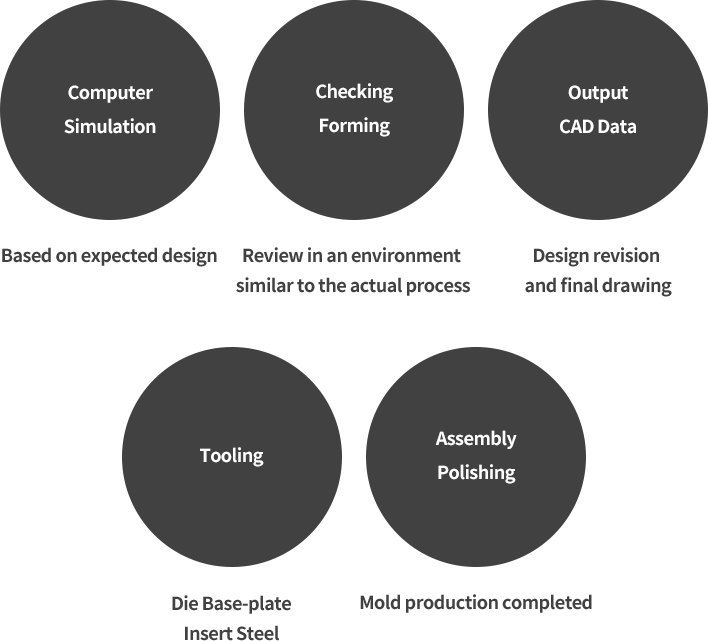
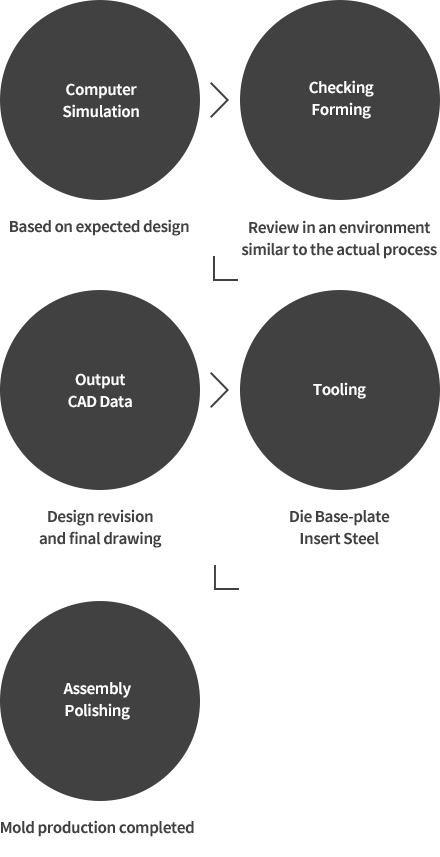

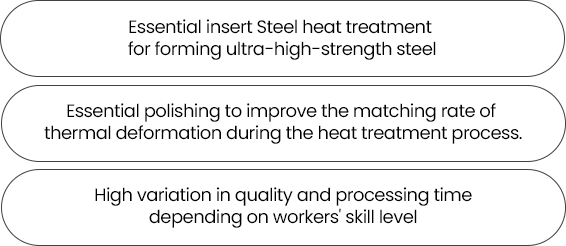
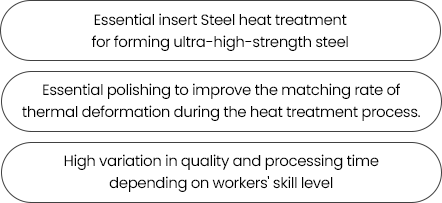
2) Polishing of the existing insert steel seat surface

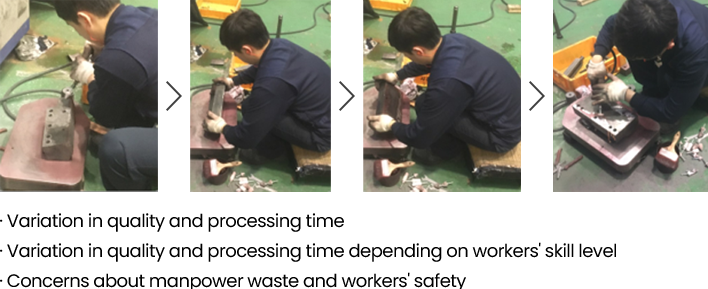
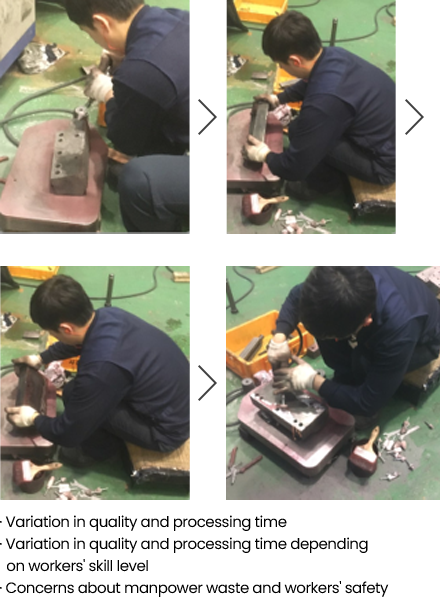
3) Development content
